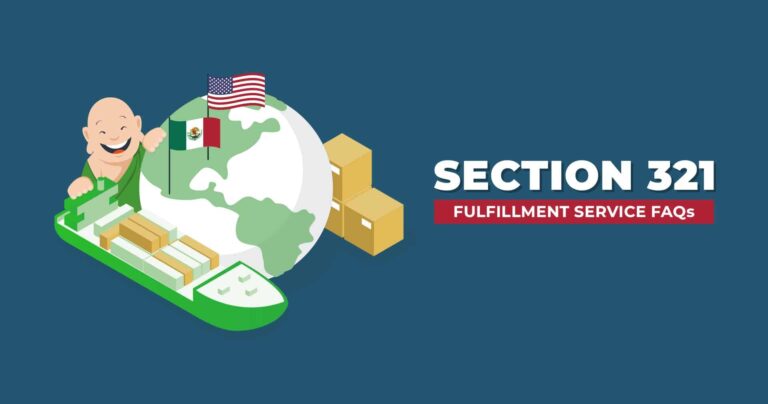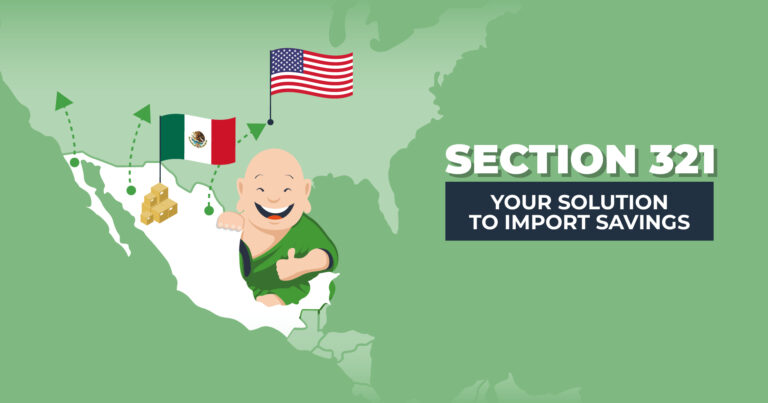Going Global: 5 Tips to Sell to International Customers
Let’s be honest. While there is more than enough retail pie to go around, most of it is located overseas. According to eMarketer.com, global retail sales exceeded $22 trillion in 2014. The numbers are expected to grow to $28.3 trillion by 2018.
The question of whether you should sell to international customers is rhetorical. We live in a global world and are steadily moving toward economic and communication integration.
Those business owners looking to seriously grow their companies have made joining this international marketplace a top priority.
The real questions are: Can your company keep up with global market requirements? Are You Prepared to Conquer International Markets?
Very rarely is expanding into a foreign market as simple as making it known that you now ship internationally, then sitting back while the money rolls in. There are countless factors, each one requiring careful consideration before you take the plunge. Successfully selling abroad demands a profound understanding of your foreign target audience, thorough familiarity and compliance with any and all customs requirements, a firm grasp on just who your local international competition is—and that’s just the beginning.
While the global marketplace may well be the perfect target for your startup, expanding beyond local borders is not without its challenges. Here are some common obstacles your business could encounter:
Language and Cultural Barriers
Even if you’re a fledgling local startup, you already know that identifying your target audience or group, pinpointing their needs, and identifying their most critical pain points are crucial to the success of your business. These basics are even more complicated in international markets.
The inability to talk with your prospect is probably one of the biggest global marketing challenges you’ll face. You can always use a translator, of course, but language differences are complex and often wildly subtle. On some level, it was amusing when sales of Chevrolet’s Nova fell because in Spanish, “no va” means “it doesn’t go.” Not so funny was HSBC Bank’s famous slogan, “Assume Nothing” that translated in many countries into “Do Nothing.” HSBC was forced to spend over $10 million alone just to change its slogan to “The World’s Private Bank.”
Language barriers aside, differences in cultural values and norms may also stand in the way of expanding your business. It’s imperative that you clearly understand where people go to buy and which payment method they prefer. You also need at least a general idea of how much they’re willing to pay for your specific products and how they prefer to buy them, e.g. whether they frequent a specific marketplace, or if they favor a particular checkout process.
Shipping Costs, Taxes, and Regulations
Undoubtedly, one of the most challenging barriers for entrepreneurs selling overseas is taxes, duties, shipping costs, and regulations. You not only need to consider the laws and regulations of each country but also take into consideration that some foreign banks are hesitant to work with a United States-based seller due to administrative burdens.
Local Competition
While multinational brands like Apple or Starbucks have little if any problem scaling the global market, small businesses need to work much harder than big name companies, not only to fight for brand awareness but also to convince foreign customers to try their products.
Selling to International Customers: 5 Tips for Global Domination
In spite of these challenges, you’re still convinced that selling internationally is a realistic strategy for your business. That’s a bold move, and we salute you for your courage! However, you’ll still need to put in the work necessary to overcome all the obstacles associated with going global. Here are some tips to consider if you intend to move into the international marketplace.
1. Keep Your Message Consistent but Adapt to the Foreign Market
Cultural norms and language preferences may require you to adjust not only your sales strategy but also your entire product line. For instance, as strange as it may seem, the movie Avatar in 3D is banned in China, but you can still sell the 2D version. So before you invest any money toward penetrating a foreign market, take the time to ensure your products can be sold in the first place. It may be a fatal to your business if you have to make adjustments to your product after you’ve taken the (expensive) necessary steps to entering the new market.
So instead of starting from scratch, define who your target personalities are, not just their location. Then identify the similarities and differences between your potential international customers and your current U.S. customers. From there you can to adjust your current brand if necessary in order to appeal to your potential foreign customer base. Then take things one step further and consider the small details that may have a major effect on how your company is perceived. A seemingly minor detail—for example, the date display—can make a huge difference. In the United States, a delivery date of 6/5/2016 indicates June 5, 2016. In Europe, though, it’s a full month earlier—May 6. This seemingly insignificant detail can seriously impact customer retention if their order turns up one month later than expected.
2. Assemble an International Team
You’ll have a better chance of targeting international customers via alliances and partnerships. Start by creating a list of country-specific associations related to your industry, then visit each of their sites and reach out to the executive team. Also research industry-related trade shows to learn more about market trends, competition, and regulations. Not only is this a great way to locate strategic partners with valuable resources, you may even run across someone who can give your marketing plan a once-over to ensure there are no glaring errors.
3. Communicate All Costs Clearly
To keep things as simple as possible for your international customers, include a currency converter on your website. This will display your customers’ costs in their currency. Also, make sure to communicate all shipping costs clearly. Your buyer needs to know whether or not you’re the one paying for taxes and duties. Most international customers are aware of the additional cost associated with overseas orders, so if you can promote the fact that they don’t have to worry about taxes and duties, it just might seal the deal.
4. Consider Free Shipping
Shipping costs are one of the biggest deal breakers for international customers. According to a study by PayPal, over half of the consumers who purchased internationally in 2014 said that shipping costs held them back from buying from another country. Even more importantly, just under half of online buyers claim that free shipping would make them more likely to buy products from another country.
Related article: 7 Best eCommerce Shipping Strategies for Small Businesses
5. Find the Right Order Fulfillment Partner
When you’re working to expand your business, it’s critical to partner with an order fulfillment company that you can trust. Shipping can quickly become exceedingly complicated, especially when it comes to shipping internationally.
It’s obvious that, with an order fulfillment partner, you’ll be able to store, organize and ship your orders more efficiently. But did you know that the right order fulfillment center can help you enter new markets more easily? Choosing a fulfillment center that knows the customs, can negotiate better rates with the carriers and can offer you preferred pricing due to greater shipping volume can be a tremendous advantage to your budding international business.
Your Best International Attitude
Global domination requires combining a global mindset with local understanding. Sure, targeting foreign markets has its fair share of risks and challenges, but countless tools and technologies have made cross-border e-commerce easier than it’s ever been before.
The resources you need to scale the market are readily available, but you need to recognize that your business and marketing strategy may require some fundamental changes to succeed. The companies that take the time to do their homework and execute against their plan strategy will have a much better shot at successfully scaling their business.



